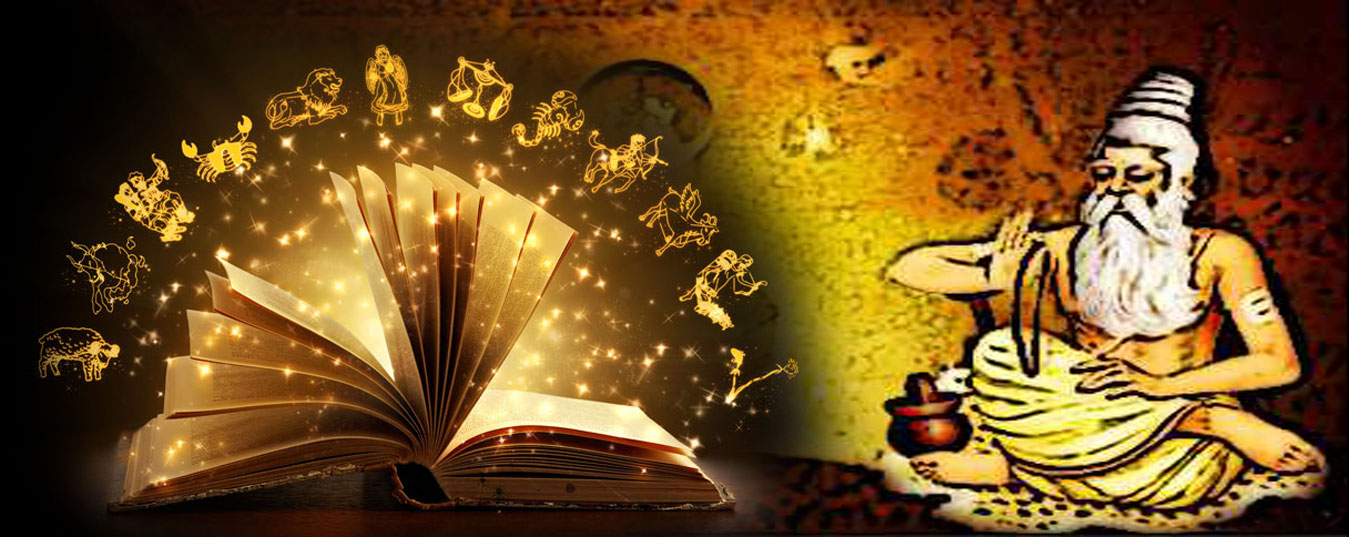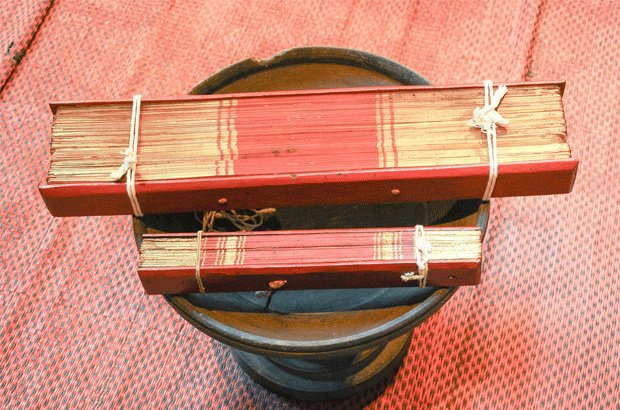Introduction to Nadi Astrology
Nadi Astrology, also known as Nādi Jyotiṣa, is a unique and ancient form of astrology predominantly practiced in Tamil Nadu and other parts of southern India. It is based on the belief that the past, present, and future lives of all humans are recorded in ancient manuscripts, which are written on palm leaves. This fascinating form of astrology draws from the deep wells of Hindu spiritual tradition and offers a distinctive approach to understanding human destiny and life patterns.
Historical Background
The origins of Nadi Astrology are shrouded in mystery and legend, with its roots tracing back thousands of years. According to tradition, Nadi Astrology was developed by ancient sages, or Rishis, who possessed profound spiritual insights and the ability to see into the future. These sages, including the revered Agastya and Bhrigu, are believed to have recorded the destinies of individuals on palm leaves. These records, collectively known as “Nadi leaves,” were written in an ancient Tamil script and have been preserved through generations .
The precise historical timeline of when these manuscripts were created is unclear, but it is generally accepted that they were composed over a period spanning several centuries. The Nadi leaves are kept in various libraries and repositories in South India, particularly in places like Vaitheeswarankoil, a small town in Tamil Nadu renowned for its association with Nadi Astrology.
The Manuscripts and Their Preservation
The Nadi leaves are palm leaf manuscripts, which were originally transcribed in ancient Tamil language. The process of preserving these leaves is meticulous, as they are fragile and susceptible to damage from environmental factors. Traditionally, these leaves are treated with herbal oils to prolong their life. Despite these efforts, many of the original manuscripts have deteriorated over time, and only a fraction of the original collection remains intact today.
Procedure and Practice

The process of obtaining a reading in Nadi Astrology is both intricate and intriguing. It begins with the seeker providing their thumb impression, which is then matched against the palm leaf manuscripts. Once the corresponding leaf is found, the Nadi reader translates and interprets the content. The readings are typically divided into several chapters, each focusing on different aspects of life such as marriage, career, health, and spiritual growth.
Nadi readers often emphasize that the information contained in the leaves is predetermined and immutable, reflecting a deterministic worldview. This belief in the predestined nature of events is a fundamental aspect of Nadi Astrology and distinguishes it from other forms of astrological practices.
Criticism and Skepticism
Despite its popularity, Nadi Astrology has also faced criticism and skepticism. Critics argue that the practice lacks empirical evidence and scientific validation. The notion that specific details of an individual’s life could be pre-recorded thousands of years ago challenges modern understanding of free will and causality. Additionally, the accuracy of readings can vary significantly, leading some to question the authenticity and reliability of the manuscripts and the interpretations provided by Nadi readers.
Conclusion
Nadi Astrology remains a captivating and enigmatic aspect of Hindu spiritual tradition. Its ancient roots, intricate procedures, and detailed predictions offer a unique perspective on destiny and human life. Whether one views it as a profound spiritual science or a curious cultural artifact, Nadi Astrology continues to intrigue and inspire individuals seeking to understand their life’s path.


